Swamp White Oak Wood
- September 6, 2023
- 0 comment
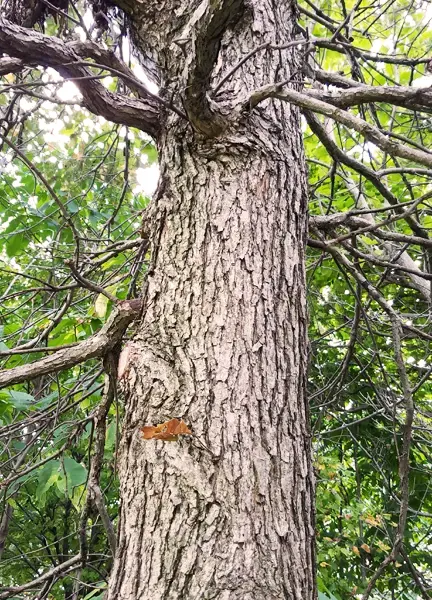
Swamp White Oak is a magnificent deciduous tree native to North America, notable for its captivating attributes. This medium to large tree, reaching towering heights, boasts distinctive, deeply lobed leaves that transition from glossy green to brilliant shades of yellow, bronze, and russet in the fall, creating a mesmerizing autumn spectacle. Its bark evolves from a smooth, grayish-brown surface to rugged, furrowed textures as it matures, enhancing its visual charm. Beyond its aesthetic appeal, Swamp White Oak is ecologically vital, providing nourishing acorns for wildlife. Furthermore, its prized wood, with a pale to light brown hue and straight grain pattern, is renowned for its durability, making it a preferred choice in woodworking, showcasing the tree’s enduring blend of natural beauty and utilitarian value.
Texture
Swamp white oak wood possesses a fine to medium texture that is not only visually appealing but also tactually pleasing. This fine texture provides a smooth surface while the medium texture adds a subtle graininess, creating a balanced and attractive feel. However, what truly sets swamp white oak apart is its pronounced grain pattern. This unique feature adds depth and character to the wood’s appearance, enhancing its visual appeal. The texture, in combination with the pronounced grain, makes swamp white oak an ideal choice for a wide variety of applications, both functional and decorative. Whether it’s crafted into furniture, used in construction, or incorporated into architectural designs, the texture of swamp white oak adds a touch of natural beauty and sophistication.
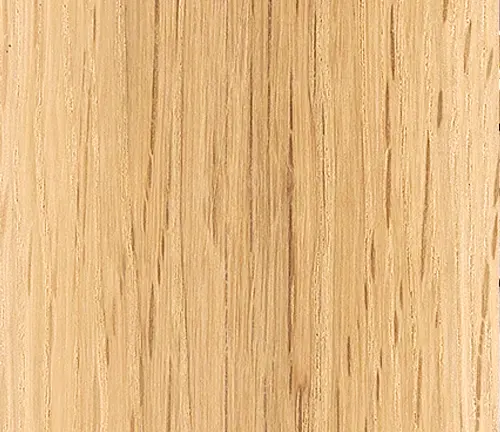
Bark
The bark of the swamp white oak is a striking element of the tree’s overall charm. It features a grayish-brown coloration and is distinguished by shallow furrows and irregular ridges. This textured bark serves not only as a protective layer for the tree but also as a canvas that records its growth and environmental encounters over time. The rugged appearance created by the bark’s texture adds to the tree’s visual appeal, showcasing its resilience and character. Each furrow and ridge in the bark tells a story, making it an intriguing and textured backdrop to the tree’s presence in natural landscapes.
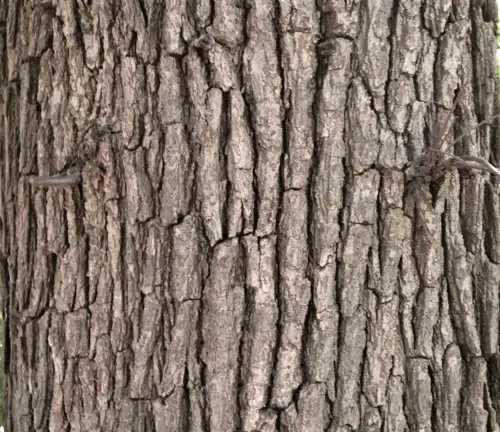
Furniture
Swamp white oak is a sought-after choice in the realm of furniture crafting due to its exceptional durability and captivating grain patterns. Its fine to medium texture allows for detailed craftsmanship, resulting in a smooth finish that’s both visually pleasing and comfortable to the touch. The pronounced grain patterns, a product of its unique texture, add depth and character to the wood, making it ideal for crafting high-quality furniture. Whether it’s used to construct tables, chairs, cabinets, or other fine woodworking projects, the texture of swamp white oak wood enhances the tactile experience of interacting with these finely crafted pieces.
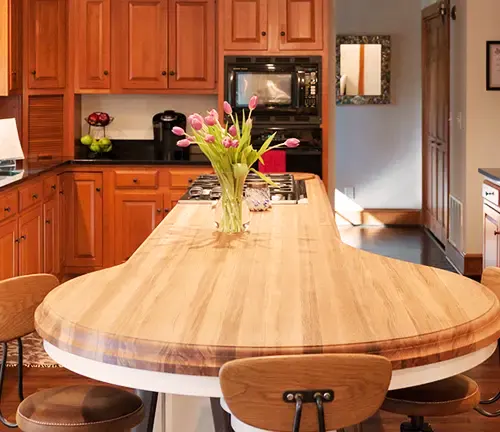
Weapon
Though not a common choice for weapon production, swamp white oak’s fine to medium texture and unique combination of flexibility and strength suggest its potential suitability for crafting traditional archery bows. The texture allows for precision work, while the wood’s inherent qualities could contribute to the functionality and artistry of these weapons, introducing a distinctive texture to the world of archery.
Firewood
Swamp white oak wood is renowned for its exceptional performance as firewood. When burned, it exhibits a combination of qualities that make it highly desirable. It produces a hot and sustained flame, providing efficient heating and a dependable energy source. The texture of the wood plays a crucial role in this, as it contributes to the wood’s consistent and reliable burning characteristics. Whether used for heating homes or for cooking, the texture of swamp white oak wood ensures a warm and reliable source of comfort.
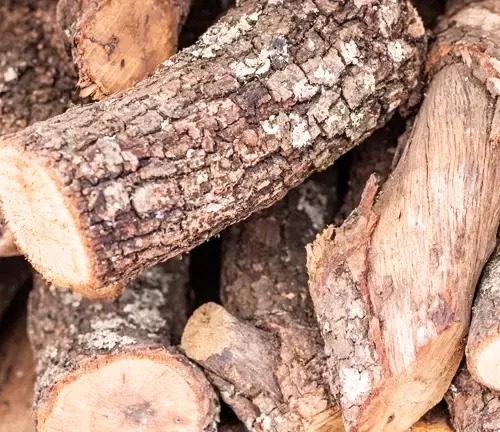
Construction
The fine to medium texture of swamp white oak makes it an excellent choice for various construction applications. It can be crafted into beams, posts, and framing elements, where its texture allows for precision work while its inherent strength and durability provide structural integrity. In construction projects, the texture of swamp white oak wood adds to its overall aesthetic appeal while contributing to its functional reliability.
Plywood
Swamp white oak’s fine to medium texture and pronounced grain patterns make it an ideal candidate for plywood production. By bonding thin layers of oak veneer together, swamp white oak plywood is created. This plywood finds its place in cabinetry, paneling, and various interior applications. The fine texture allows for precise cuts and shaping, while the pronounced grain adds depth and character to the plywood’s surface, enhancing its visual appeal in interior spaces.
Board
Swamp white oak boards are a versatile choice for woodworking projects. They benefit from the wood’s fine to medium texture, allowing craftsmen to create detailed and smooth surfaces. These boards find their way into a wide range of applications, from crafting shelves to architectural detailing. The pronounced grain patterns contribute to the visual interest of the boards, making them suitable for both functional and decorative purposes.
Railroad Cross Ties
Swamp white oak’s inherent strength and durability make it a suitable material for railroad cross ties. These ties are essential for supporting rail tracks and require wood with the ability to withstand heavy loads and environmental stressors. The fine to medium texture of swamp white oak allows for precision cuts and shaping, ensuring the structural integrity of these critical components of the railroad infrastructure.
Pallet
Swamp white oak is a valuable choice for pallet production due to its durability and load-bearing capacity. The fine to medium texture ensures that the wood can be easily machined to create sturdy pallets capable of withstanding the demands of shipping and storage. The wood’s ability to maintain its integrity under heavy loads is a testament to its resilience.
Fencing
Swamp white oak can be effectively utilized as fencing material, offering both a rustic aesthetic and long-lasting performance. Its fine to medium texture allows for precise cutting and shaping of fence components, ensuring a secure and visually appealing fence structure. The pronounced grain patterns add character and charm to the fencing, making it an attractive addition to outdoor landscapes.

Wood Decking
Swamp white oak’s resilience and longevity make it an excellent choice for wood decking. Its fine to medium texture allows for smooth and even surfaces that are comfortable underfoot. Whether used for residential or commercial decking applications, the wood can withstand weathering and decay, ensuring that outdoor spaces remain attractive and functional over time.
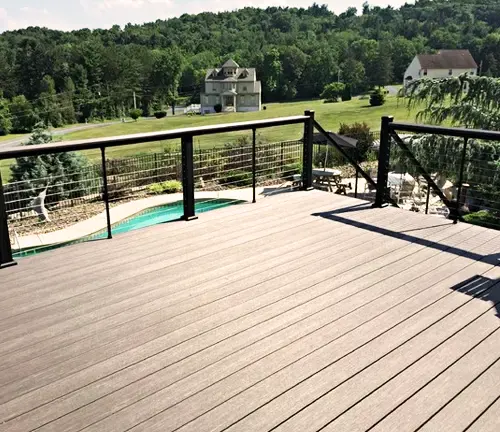
Live Edge Siding
Live edge siding, which preserves the natural edge of the wood, can be crafted from swamp white oak to create a unique and rustic look in architectural design. The pronounced grain patterns and the fine to medium texture of the wood contribute to the authenticity of this siding style. It adds a touch of natural beauty and character to buildings and structures, making them stand out with a distinctive and textured appearance.
Beams
Swamp white oak beams are a robust choice for various construction and architectural applications. They are employed in supporting structures in homes, barns, and bridges due to their strength and durability. The fine to medium texture allows for precision work when crafting these load-bearing components. The pronounced grain patterns in the wood add visual interest, making these beams not only structurally sound but also aesthetically pleasing elements in architectural design.
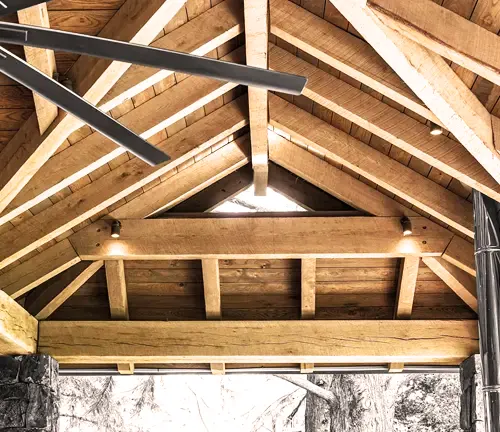
Frequently Asked Questions
- Why is swamp white oak valued?
Swamp white oak is highly valued for its durable wood, attractive grain patterns, and its role in providing food and habitat for wildlife. - What is the wood of swamp white oak used for?
Swamp white oak wood is used in various applications, including furniture, construction, flooring, and woodworking projects due to its durability and aesthetic appeal. - Is swamp white oak a good choice for firewood?
Yes, swamp white oak wood is excellent for firewood. It burns hot and produces a long-lasting, steady flame, making it a valuable choice for heating and cooking. - Can swamp white oak be used for outdoor applications?
Yes, swamp white oak is suitable for outdoor applications such as wood decking and fencing. Its resilience and resistance to weathering and decay make it a durable choice. - What are live edge siding and how is swamp white oak used in this application?
Live edge siding preserves the natural edge of the wood and can be crafted from swamp white oak. It is used in architectural design to create a distinctive and rustic look on buildings and structures. - Why is swamp white oak used for railroad cross ties?
Swamp white oak’s strength and durability make it a suitable material for railroad cross ties, which are essential for supporting rail tracks and withstanding heavy loads. - Is swamp white oak a protected species?
Swamp white oak is not considered a protected species. However, it is important to adhere to local regulations and sustainable harvesting practices when using swamp white oak wood. - Are there any environmental benefits associated with swamp white oak?
Yes, swamp white oak provides ecological benefits by serving as a habitat and food source for various wildlife species, contributing to the biodiversity of its native ecosystems. - Can swamp white oak be grown as a landscaping tree in non-native regions?
While it can be grown in various regions, it is essential to consider the specific environmental conditions and consult with local experts to ensure its successful cultivation.
In conclusion, the swamp white oak stands as a remarkable and multifaceted species native to North America. From its distinctive lobed leaves and rugged bark to its versatile wood with fine texture and pronounced grain patterns, swamp white oak captivates both in its natural habitat and as a valuable resource for countless human endeavors. Whether as a source of durable wood for fine furniture or construction, a contributor to wildlife ecosystems, or a distinctive element in architectural design, this tree leaves an indelible mark on our landscapes and lives. Its enduring presence in our forests, and the myriad ways it enhances our world, serves as a testament to the enduring beauty and utility of the swamp white oak.

David Murray
Forestry AuthorI'm David Murry, a forestry equipment specialist with a focus on chainsaw operation. With over 13 years of experience, I've honed my skills in operating and maintaining a wide range of machinery, from chainsaws to log splitters. My passion for the outdoors and commitment to sustainable forestry drive my work, which emphasizes safety, efficiency, and staying updated with industry advancements. Additionally, I'm dedicated to sharing my expertise and promoting environmental awareness within the forestry community.


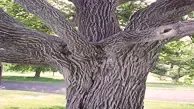
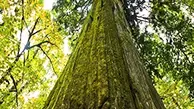









Leave your comment